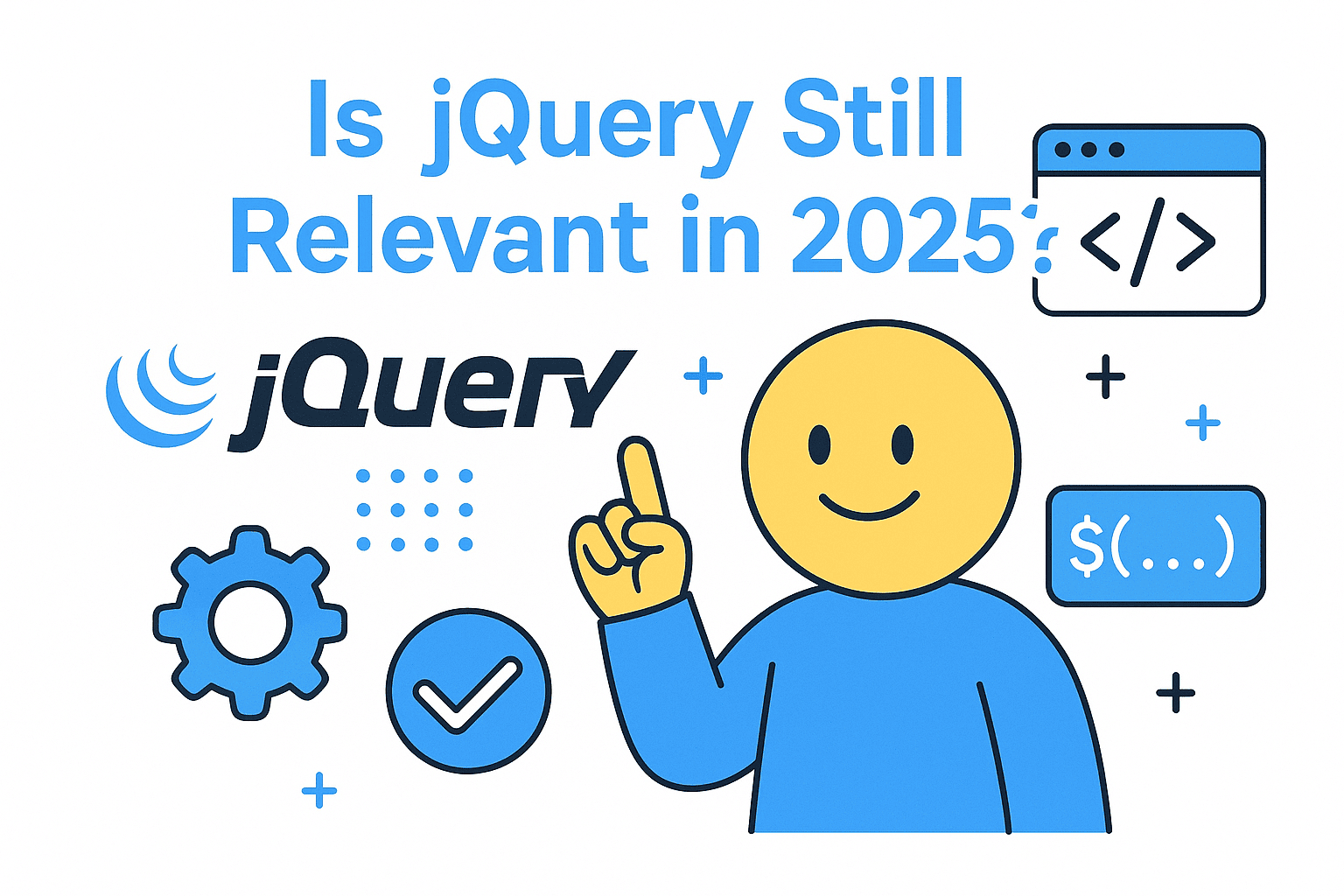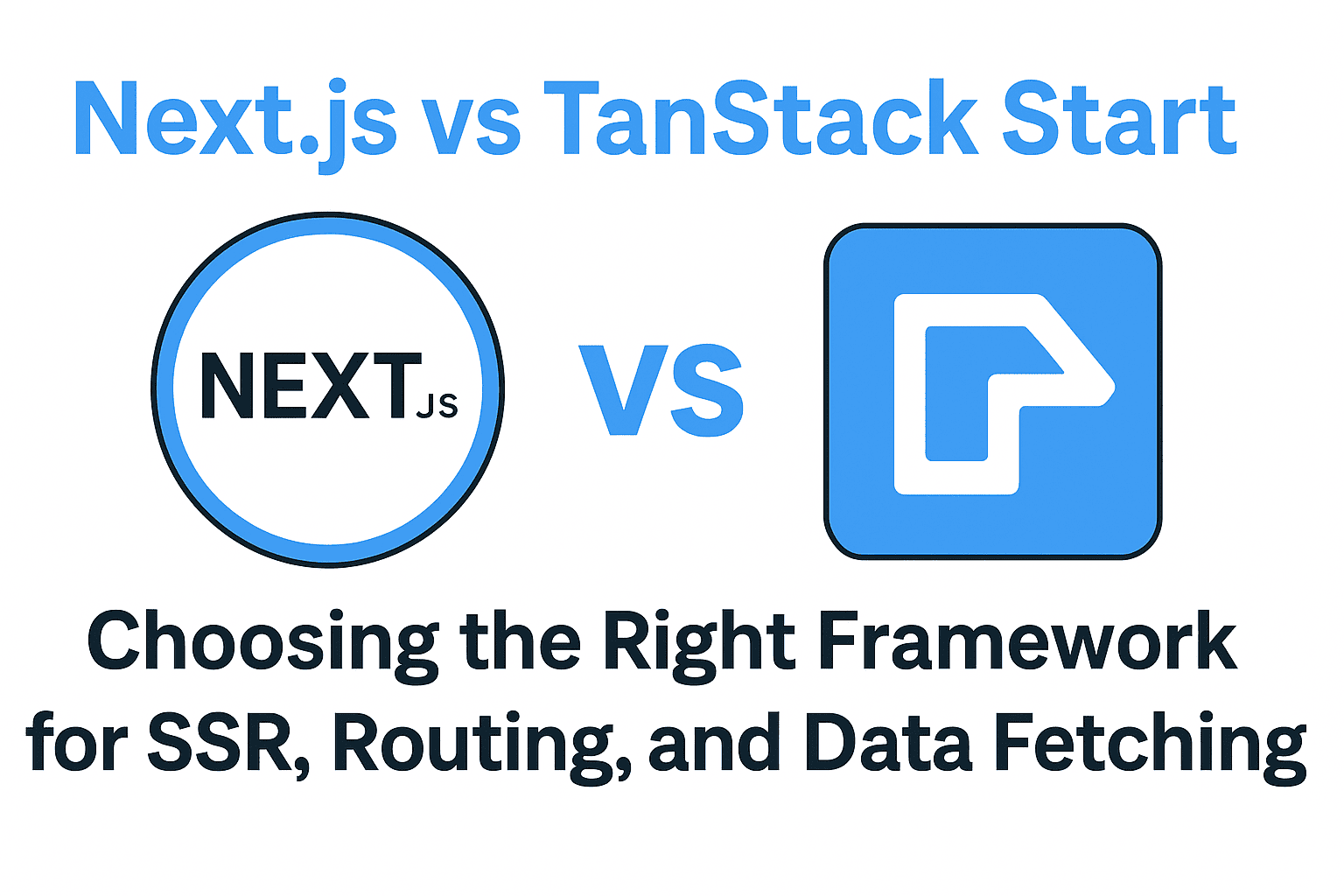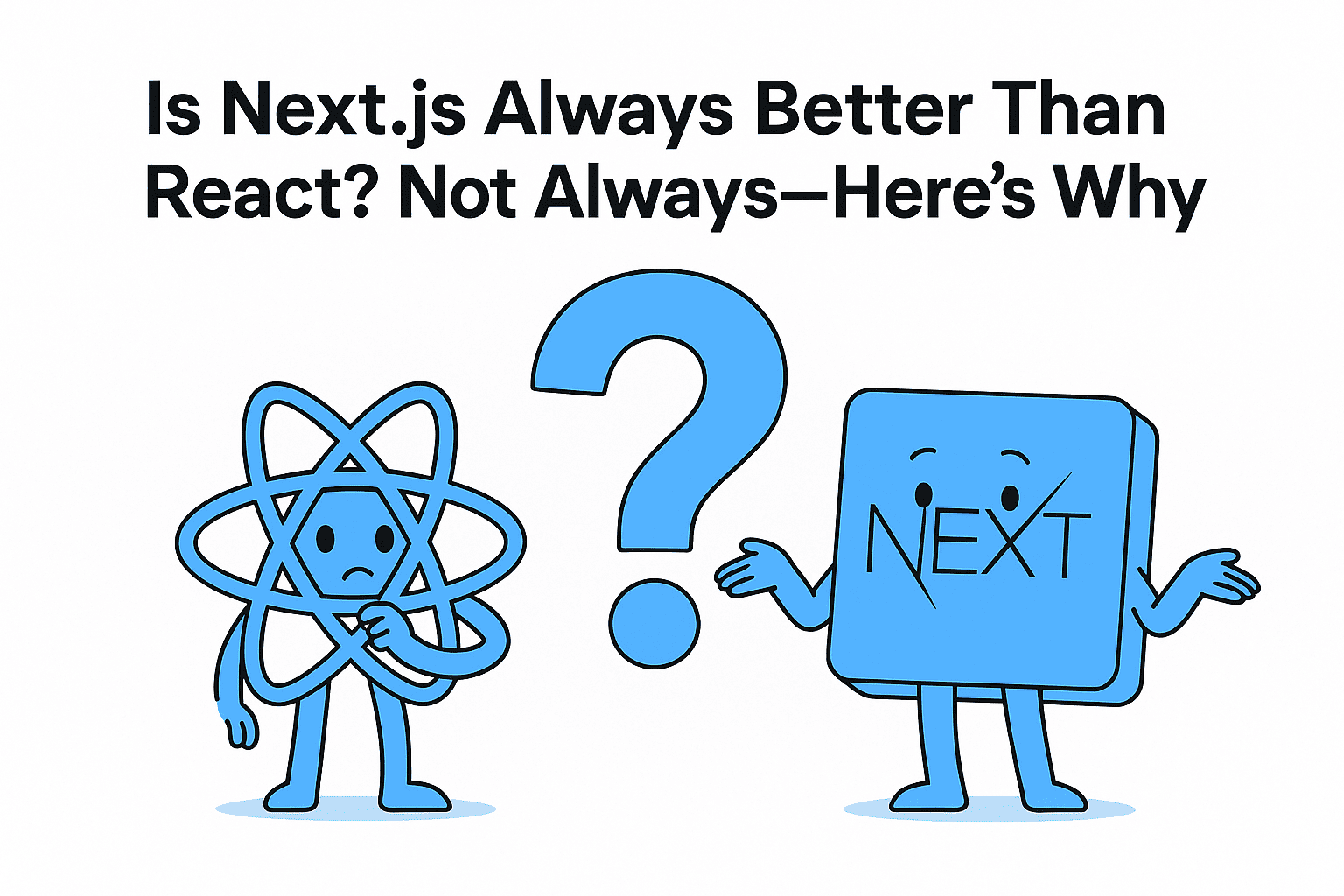For over 15 years, jQuery has been one of the most widely used JavaScript libraries on the web. It simplified HTML document traversal, event handling, AJAX requests, and cross-browser compatibility at a time when JavaScript development was fragmented and inconsistent. But in 2025, with modern frameworks like React, Vue, Svelte, and Angular dominating front-end development, is there still a reason to use jQuery?
In this article, we’ll explore jQuery’s role in today’s web development ecosystem, its pros and cons, and when it actually makes sense to use it.
A Quick History of jQuery
When it launched in 2006, jQuery became a game-changer. It offered:
- Simplified DOM manipulation: Using $('.element').hide() instead of verbose document.querySelectorAll(...).
- Cross-browser support: Handling Internet Explorer quirks was painful — jQuery abstracted those inconsistencies.
- AJAX made easy: $.ajax() helped developers fetch data asynchronously with minimal boilerplate.
- Plugins ecosystem: Thousands of plugins extended its capabilities for animations, form validation, modals, and more.
By the mid-2010s, jQuery was included in nearly 80% of websites. But then the JavaScript landscape changed.
Why jQuery Lost Popularity
Several factors caused the decline of jQuery:
- Modern JavaScript standards: ES6+ introduced querySelector, fetch, template literals, and arrow functions — all of which reduced the need for jQuery.
- Component-based frameworks: React, Vue, and Angular made DOM manipulation declarative, reducing reliance on manual selectors.
- Performance concerns: Loading a 90KB library just for DOM manipulation became unnecessary when vanilla JavaScript could do the same with less overhead.
- Mobile-first and SPAs: As single-page applications became the norm, developers preferred modern frameworks with built-in state management and routing.
Why jQuery Is Still Used in 2025
Despite its decline, jQuery hasn’t disappeared — in fact, it’s still relevant in certain contexts:
- Legacy Projects
Thousands of websites and enterprise apps still rely on jQuery. Maintaining them is faster and cheaper than rewriting everything in React or Vue.
- CMS and E-commerce Platforms
Popular platforms like WordPress, Shopify, and Drupal still use jQuery in their themes and plugins. If you’re building or customizing themes, you’ll encounter it.
- Simple Websites
For small websites with minimal interactivity, using jQuery can be quicker than setting up a modern framework.
- Rapid Prototyping
jQuery’s concise syntax is handy when building quick demos or internal tools.
jQuery in 2025: Best Practices
If you decide to use jQuery today, here’s how to do it responsibly:
- Use the latest version: jQuery 3.x has important performance and security updates.
- Load it via CDN: Improve performance by leveraging browser caching across sites.
<script src="https://code.jquery.com/jquery-3.7.1.min.js"></script>
- Combine with modern JavaScript: Use native ES6 features (like fetch) while still relying on jQuery for DOM manipulation.
- Avoid bloated plugins: Stick to lightweight solutions, or use vanilla JS alternatives when possible.
- Consider performance trade-offs: For small projects, the extra library size may not matter. For large-scale apps, it does.
Alternatives to jQuery in 2025
If you’re starting fresh, you may not need jQuery at all. Modern JavaScript already offers most of its features:
DOM Manipulation:
document.querySelector(".btn").addEventListener("click", () => {
document.querySelector(".box").classList.add("hidden");
});
AJAX with Fetch:
fetch('/api/data')
.then(response => response.json())
.then(data => console.log(data));
- Animations: Use CSS transitions, Web Animations API, or libraries like GSAP for advanced cases.
Should You Learn jQuery in 2025?
- If you’re new to coding: Start with vanilla JavaScript. Learn the fundamentals first.
- If you work with WordPress, Shopify, or legacy codebases: Yes, you should still know the basics of jQuery.
- If you’re building modern SPAs or mobile-first apps: Skip it — go with React, Vue, or Svelte.
In short: jQuery is no longer the future of web development, but it’s still part of its present.
Final Thoughts
jQuery in 2025 is a paradox: outdated in many ways, but still widely used. It’s not going to vanish anytime soon because of the massive number of legacy projects and CMS platforms that depend on it.
For new projects, modern JavaScript and frameworks should be your first choice. But if you encounter jQuery, don’t dismiss it — knowing how to use it effectively can save you time and make you a more versatile developer.
🤝 Need a Custom RSVP System or Dashboard?
I help businesses build tools that actually work , even on tight deadlines.
Whether you're planning an event, need internal tools, or want a custom dashboard for your team , I can help.
Reach out
📧 Email: safi.abdulkader@gmail.com | 💻 LinkedIn: @abdulkader-safi | 📱 Instagram: @abdulkader.safi | 🏢 DSRPT
Drop me a line, I’m always happy to collaborate! 🚀



